Updated / Friday, 25 Dec 2020
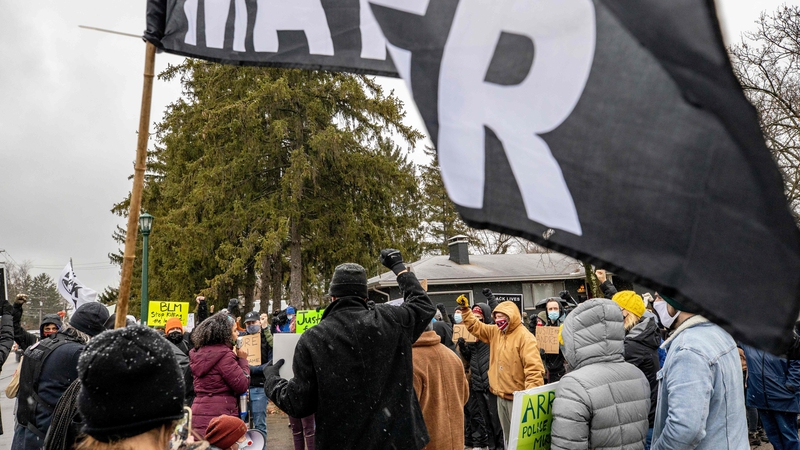
People marched in protest over the killing of Andre Maurice Hill
The fatal shooting of a black man by police in Columbus, Ohio - the US city's second such killing this month - sparked a fresh wave of protests on Christmas Eve against racial injustice and police brutality.
Andre Maurice Hill, 47, was in the garage of a house on Monday night when he was shot several times by a police officer who had been called to the scene for a minor incident.
Seconds before the gunfire, bodycam footage shows Mr Hill walking towards the policeman holding a mobile phone in his left hand, while his other hand cannot be seen.
Columbus police chief Thomas Quinlan announced yesterday that he was moving to sack the officer, Adam Coy, on allegations of "critical misconduct".
"We have an officer who violated his oath to comply with the rules and policies of the Columbus Division of Police," Chief Quinlan said in a statement. "This violation cost an innocent man his life."
According to local media reports, Officer Coy had previously received complaints of excessive force.
He and his colleague waited several minutes before approaching Mr Hill, who was still alive, but died later.
Mr Hill, the second African-American killed by police in Columbus in less than three weeks, was not carrying a weapon.
Casey Goodson Jr, 23, was shot several times on 4 December while returning home. His family has said he was holding a sandwich which law enforcement mistook for a gun.
Several dozen protesters gathered yesterday, waving Black Lives Matter signs and calling for justice for people killed in police shootings.
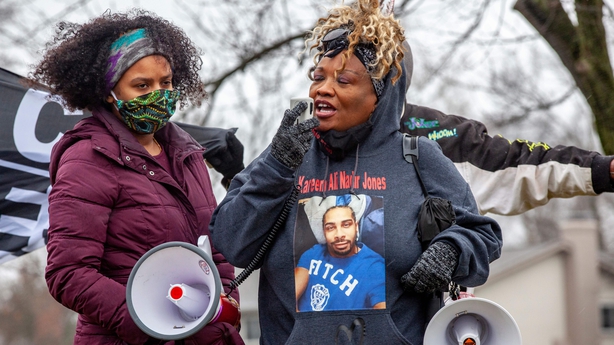
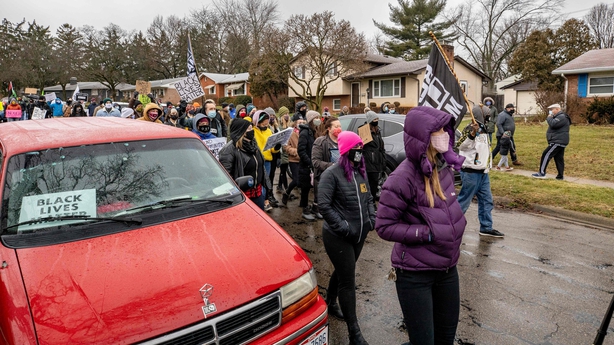
The killings in Columbus come after a summer in which the US was rocked by historic protests against racial injustice and police brutality, sparked by the May killing of African-American man George Floyd.
Mr Floyd, also unarmed, suffocated beneath the knee of a white police officer in Minneapolis.
"Once again officers see a black man and conclude that he's criminal and dangerous," said lawyer Ben Crump, who defends several families of police brutality victims including Mr Floyd's, on Wednesday.
He denounced a "tragic succession of officer-involved shootings."
Columbus Mayor Andrew Ginther said he was "outraged" by Mr Hill's death.
He was "known to the residents of the home where his car was parked on the street," he said Wednesday at a press conference, describing him as a "guest... not an intruder."
Mr Ginther said he was "very disturbed" that the two police officers did not give first aid to Mr Hill and called for Officer Coy's "immediate termination."
The fatal shooting of a black man by police in Columbus, Ohio - the US city's second such killing this month - sparked a fresh wave of protests on Christmas Eve against racial injustice and police brutality.
Andre Maurice Hill, 47, was in the garage of a house on Monday night when he was shot several times by a police officer who had been called to the scene for a minor incident.
Seconds before the gunfire, bodycam footage shows Mr Hill walking towards the policeman holding a mobile phone in his left hand, while his other hand cannot be seen.
Columbus police chief Thomas Quinlan announced yesterday that he was moving to sack the officer, Adam Coy, on allegations of "critical misconduct".
"We have an officer who violated his oath to comply with the rules and policies of the Columbus Division of Police," Chief Quinlan said in a statement. "This violation cost an innocent man his life."
According to local media reports, Officer Coy had previously received complaints of excessive force.
He and his colleague waited several minutes before approaching Mr Hill, who was still alive, but died later.
Mr Hill, the second African-American killed by police in Columbus in less than three weeks, was not carrying a weapon.
Casey Goodson Jr, 23, was shot several times on 4 December while returning home. His family has said he was holding a sandwich which law enforcement mistook for a gun.
Several dozen protesters gathered yesterday, waving Black Lives Matter signs and calling for justice for people killed in police shootings.


The killings in Columbus come after a summer in which the US was rocked by historic protests against racial injustice and police brutality, sparked by the May killing of African-American man George Floyd.
Mr Floyd, also unarmed, suffocated beneath the knee of a white police officer in Minneapolis.
"Once again officers see a black man and conclude that he's criminal and dangerous," said lawyer Ben Crump, who defends several families of police brutality victims including Mr Floyd's, on Wednesday.
He denounced a "tragic succession of officer-involved shootings."
Columbus Mayor Andrew Ginther said he was "outraged" by Mr Hill's death.
He was "known to the residents of the home where his car was parked on the street," he said Wednesday at a press conference, describing him as a "guest... not an intruder."
Mr Ginther said he was "very disturbed" that the two police officers did not give first aid to Mr Hill and called for Officer Coy's "immediate termination."
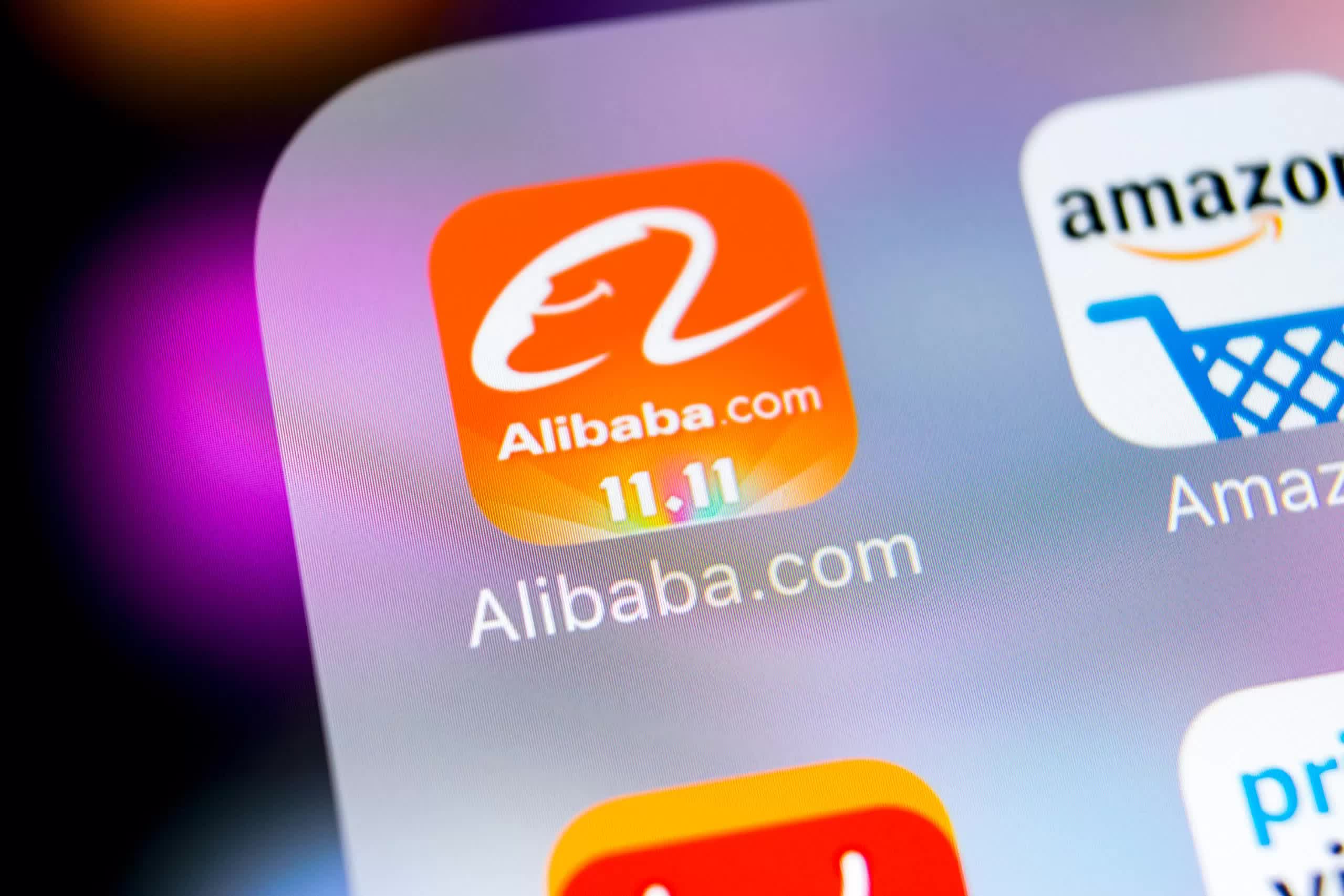




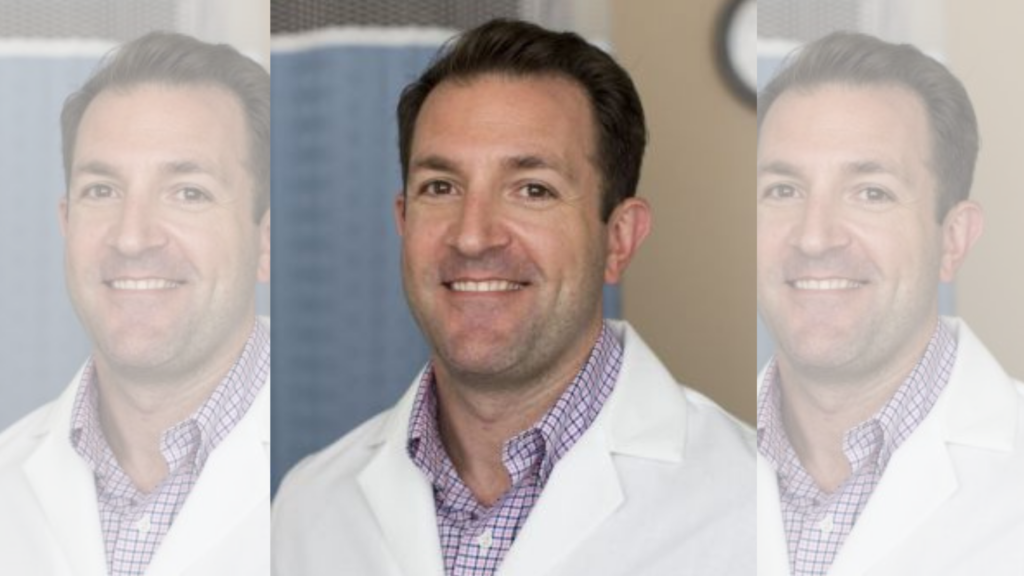



 The Weather Network
The Weather Network © JAXA JAXA
© JAXA JAXA
